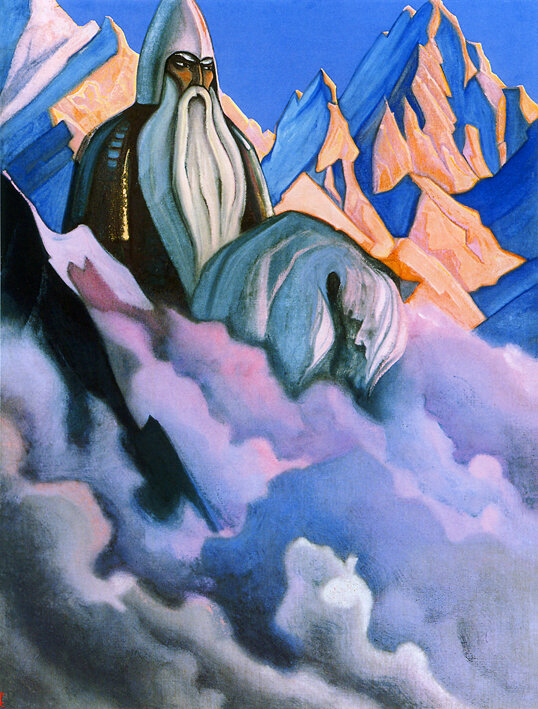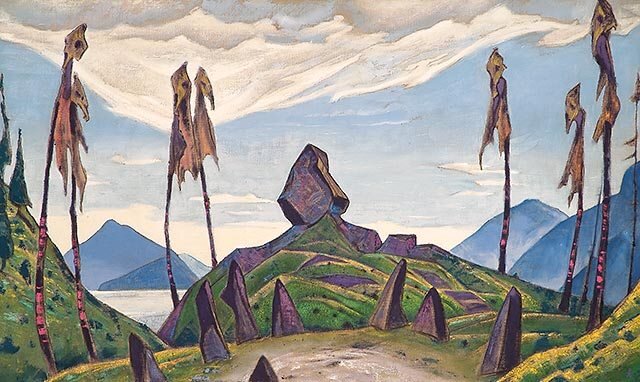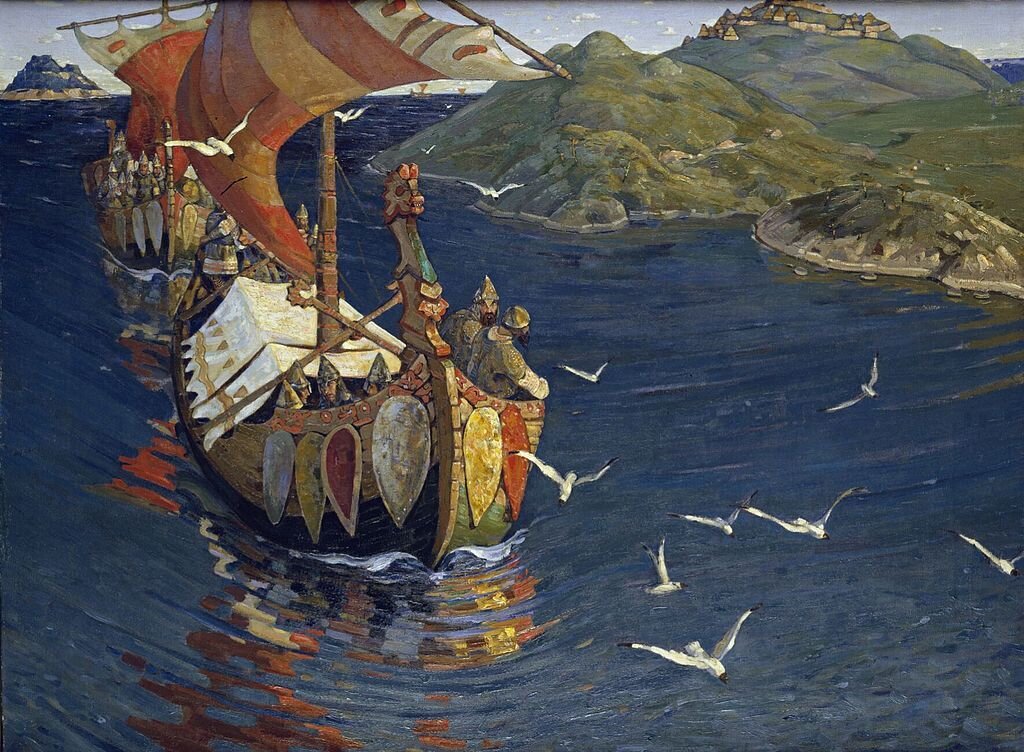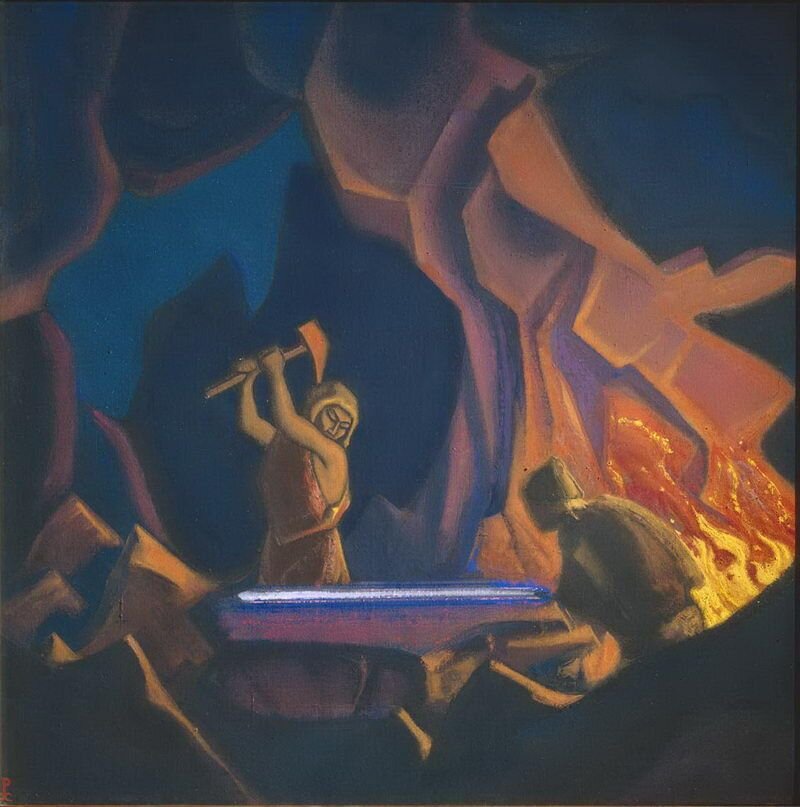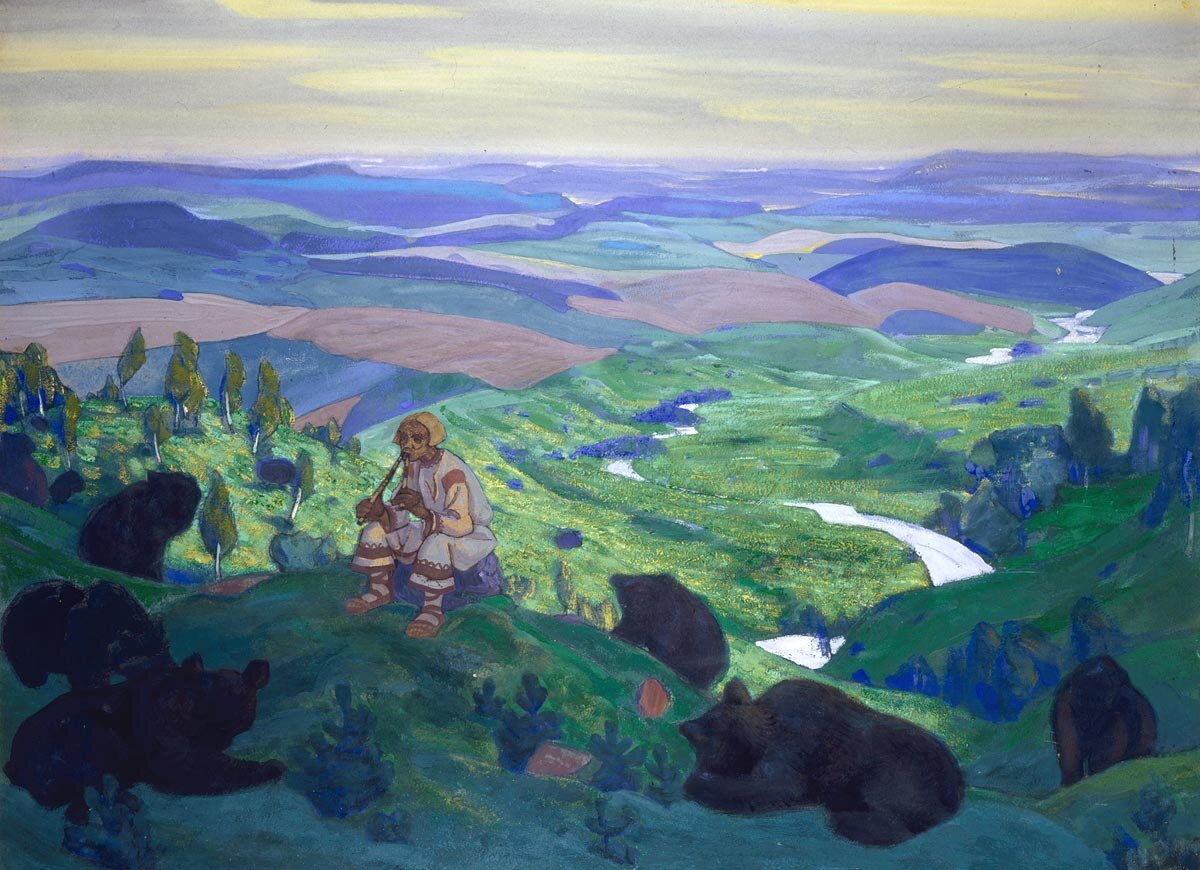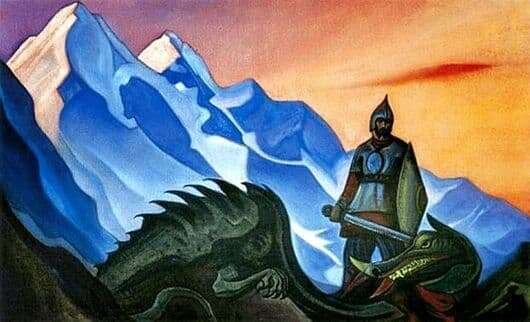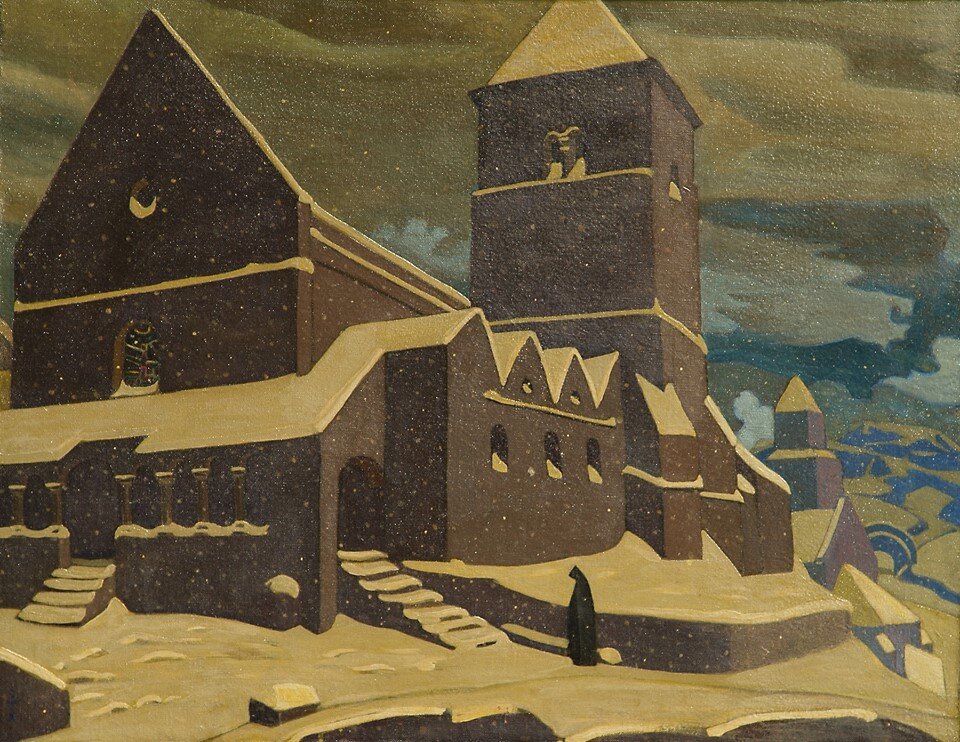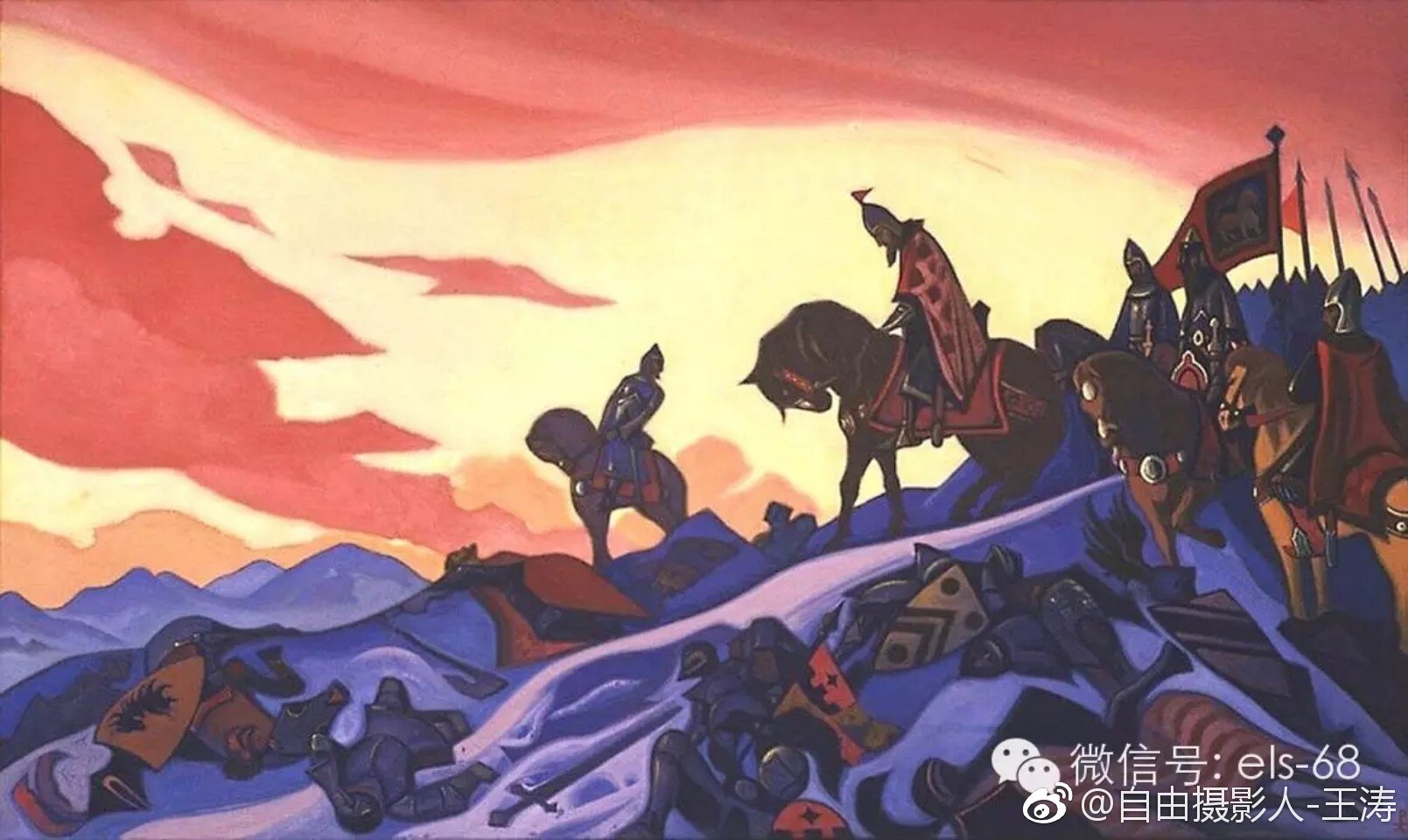The Savage (Russian) Swords of Nicholas Roerich
Nicholas Roerich
Nicholas Roerich died on this date in 1947. His one hundred and forty-fifth birthday was back in October, but I was far too busy to write up a post at the time.
Who was Nicholas Roerich? Many, many things. An explorer, a philosopher, an archaeologist and an artist. His art is what concerns us today. An exhibition of his paintings caught the eye of H.P. Lovecraft. His works are displayed in nearly seventy countries as we speak. The subjects of his paintings ranged far and wide. He painted both the Himalayas and Mohegan, Maine. However, it is his art depicting Russian subjects—plus a few that fit in, regardless—that concern us today.
While Roerich may have dabbled in Eastern mysticism and hunted for Shambhala on the American taxpayers’ dime, he was also a proud son of Mother Russia, tracing his lineage backwards to none other than the legendary Rurik. His “Russian” paintings represent a significant category in his corpus of work, stretching all the way back to Scythian days, but it is mostly concerned with Russia during its medieval and Renaissance periods. Some may consider his work crude, but I enjoy the primal, boreal power they possess, as well as the bold use of colors Roerich liked to employ. In my opinion, his paintings will still be displayed and admired long after the works of some of the more polished, modern Western artists are forgotten.
His paintings of the Himalayas and other, more esoteric climes, will be the subject of a future post. I also plan a post looking at Roerich’s artistic heirs. Russia, and all of the former Soviet Bloc, has been producing artists of true quality in the last decade or two at a rate the West should envy. They have not forgotten the power of the brush and pencil, and the seductive allure of Photoshop has not weakened or adulterated their artistic visions.
Requiescat in pace, Nikolai.


